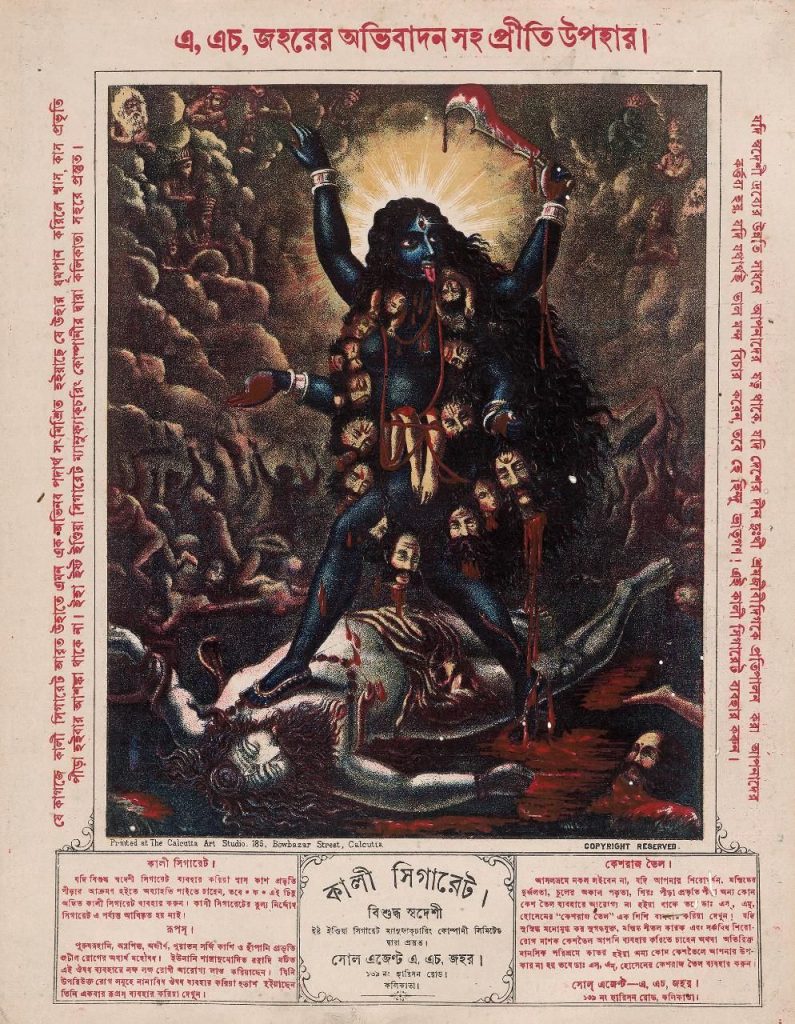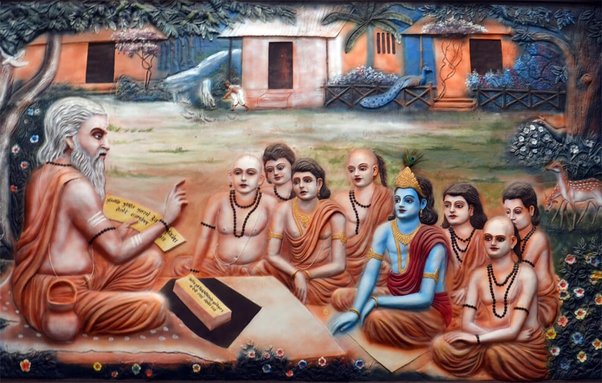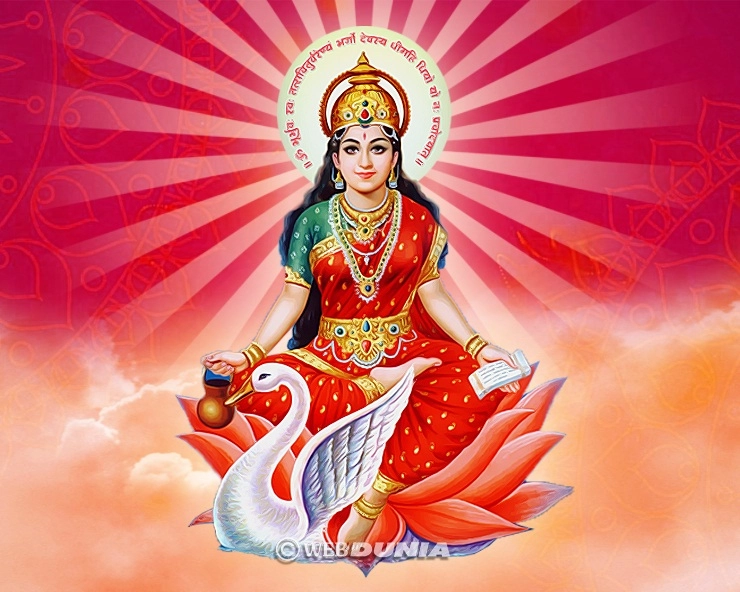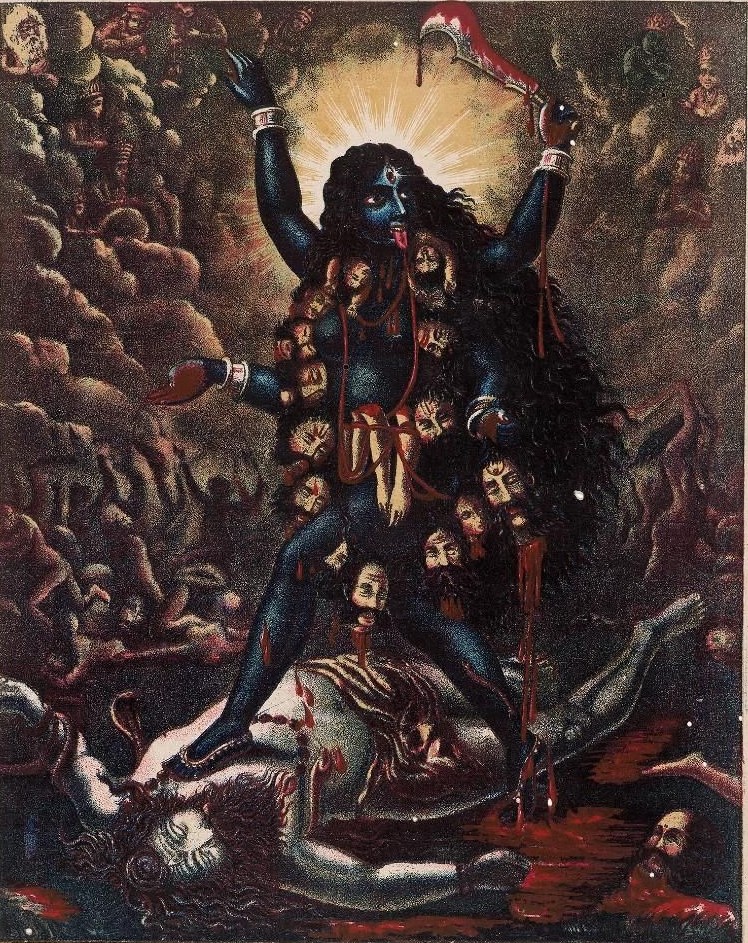Maa Kaali Is A Powerful And Fearsome Form Of The Divine Mother. She is depicted with a Garland of skulls around Her Neck, and Wielding a Sword and a severed head. In Bengal, She is widely worshipped, and Her worshippers have a rich history that dates back centuries. However, during the colonial period, the British rulers of India had a very different interpretation of Maa Kaali and Her worshipping rituals.
Maa Kaali’s worship in Bengal is deeply rooted in the local culture and traditions. She is Revered as A Fierce Protector of Her devotees, and is often associated with death and destruction. In Bengal, Her worship is not limited to the traditional temples, but is also found in smaller shrines, roadside altars, and even in private homes. Maa Kaali is believed to be so powerful that even chanting of Her Name can ward off negativity from a situation.
History of the Worship Of Maa Kaali in Bengal
The worship Of Maa Kaali in Bengal has a long and fascinating history. According to legend, Maa Kaali Appeared Before a group of farmers in the region and Demanded human sacrifices. The farmers refused, and instead offered Her goats and other animals. Pleased with their devotion, Maa Kaali Granted them Her Blessings, and from that day on, She Became A Powerful Deity in the region. Over the centuries, Her worship evolved and became a part of the local culture.
British Misrepresentation of Maa Kaali
During the colonial period, the British rulers of India saw Maa Kaali as a savage Goddess, associated with barbaric practices, such as human sacrifice. The British were deeply suspicious of the indigenous culture and religion, and saw it as a threat to their own way of life. They often portrayed the local people as backward, uncivilised, and in need of British intervention and guidance.
One of the most significant instances of British misrepresentation of Maa Kaali was during the Indian Rebellion of 1857. The rebellion was a major challenge to British rule in India, and the British responded with brutal force. In their propaganda, they portrayed the rebels as bloodthirsty savages, and Maa Kaali became a symbol of their supposed barbarism. The British media published lurid accounts of rebels sacrificing British women and children to Maa Kaali, and even suggested that the rebellion was a manifestation of a wider conspiracy by the local people to wipe out the British rule.
Impact of British Misrepresentation
These accounts were, of course, deeply misleading. There is no evidence that the rebels ever sacrificed anyone to Maa Kaali or any other Deity. The British accounts were based on a complete misunderstanding of the local culture and religion. The portrayal of Maa Kaali as a bloodthirsty Goddess was a gross distortion of Her True Nature, and a disservice to the people of Bengal who had worshipped Her for centuries.
Despite the efforts of the British to discredit Maa Kaali and Her worship, The Divine Mother continued To Be An Important Part Of Bengali culture. In fact, the colonial period saw a resurgence In Her worship, as Bengalis sought to reassert their identity and resist British cultural imperialism. Many Bengali poets and writers, such as Rabindranath Tagore and Bankim Chandra Chattopadhyay, Incorporated the Devotion Of Maa Kaali into their work, and celebrated Her as a symbol of the power of the indigenous culture.
Today, Maa Kaali continues to be a Powerful Form Of the Divine Mother in Bengal. Her worship is still deeply rooted in the local culture, and Her Image can be seen everywhere, from small roadside shrines to grand temples. She is revered not only as a Destroyer Of evil, but also as A Symbol of the strength and resilience of the Bengali people.
Conclusion
Maa Kaali has been integral to the cultural and religious fabric of Bengal for centuries. However, the British colonial rule in India misrepresented Maa Kaali and the tantric worship associated with Her as barbaric and savage practices, thereby distorting the True Essence Of The Divine Mother and Her worship. This misrepresentation has continued to influence popular perceptions of Maa Kaali and Tantric practices, both in India and in the West.
Despite the colonial misrepresentation of Maa Kaali, Her worship has continued to thrive in Bengal and has spread to other parts of India and the world. Maa Kaali Represents not only the Fierce And Powerful Aspects of The Divine Mother but also the transformative and nurturing qualities that are essential for spiritual growth and well-being. By learning about and embracing the True Essence of Maa Kaali and Her worship, we can gain a deeper appreciation of the diversity and richness of Indian culture and spirituality.
References
- Wolfers, Alex. “A mother, warrior, and symbol of revolution – the Tantric goddess Kali has many forms. Guest author Alex Wolfers explores them and examines Kali’s insurgent history in colonial Bengal.” The British Museum. Source: https://www.britishmuseum.org/blog/kali-rises-east




